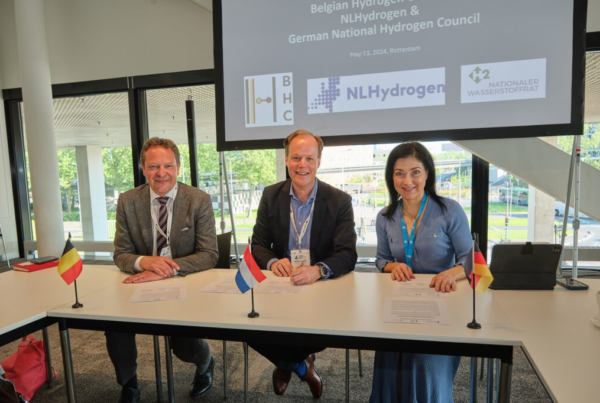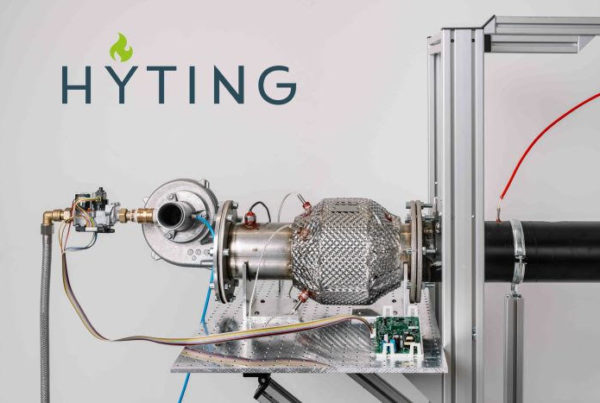
What years ago we considered something of little use, knowledge acquired over time may have turned it into something extremely valuable. An example of this is gold nanoparticles. The Romans used them to manufacture decorative products; today, we have transformed them into the best solar panels for producing hydrogen.
Moving Electrons
Defining electrical energy as moving electrons may be an extremely simplistic way of talking about electricity. At the same time, it can be said that there isn’t a much more accurate way to define electricity.
This means that electricity doesn’t necessarily have to be what we see in the form of lighting from a bulb, but it can take many other different forms.
Gold Nanoparticles Interacting with Sunlight
Nano-sized gold particles exhibit peculiar behavior. Gold particles in the range of 10 to 200 nanometers react to sunlight in a very specific way. Other metals such as silver or platinum also share this phenomenon. These materials are referred to as plasmonic metals.
The Romans already harnessed this behavior to create decorative elements using dichroic glass that changed color when exposed to sunlight. They likely discovered this accidentally, but the aspect of these materials remains highly useful today.
Sunlight causes the electrons in these nanoparticles to oscillate. As mentioned earlier, electric energy is essentially electrons in motion. Within the layers of gold nanoparticles, points form where strong electric fields are generated. In this way, gold or platinum nanoparticles can be utilized as a form of solar panels.
The most powerful solar panels in the world
It is the ability to oscillate the electrons of gold nanoparticles or other plasmonic metals that makes building structures with these materials akin to creating a system capable of dispersing light multiple times.
The sunlight that reaches the Earth’s surface is “diluted” by the atmosphere. This system serves to focus all that light at the nanoparticle level. Plasmonic materials can be useful not only for photovoltaic panels but also for other types of solar panels.
Researchers at Ludwig Maximilian University in Munich have developed a nanocrystal based on plasmonic metal nanoparticles that is structured in multiple layers of these nanoparticles. Between these particles and layers, the mentioned high-energy electric fields are generated. The high energy at these points allows the conversion of formic acid into hydrogen.
Specifically, this is the most efficient hydrogen production process in the world at the moment. In a landscape where hydrogen seems to be the alternative and necessary aid for an electric mobility ecosystem, such an advancement becomes a significant leap in scientific and technical terms.
SOURCE: DIARIOMOTOR
Original article in Spanish: https://www.diariomotor.com/energia-sostenibilidad/decoracion-romana-paneles-solares-potentes/
Read the most up to date Fuel Cell and Hydrogen Industry news at FuelCellsWorks




